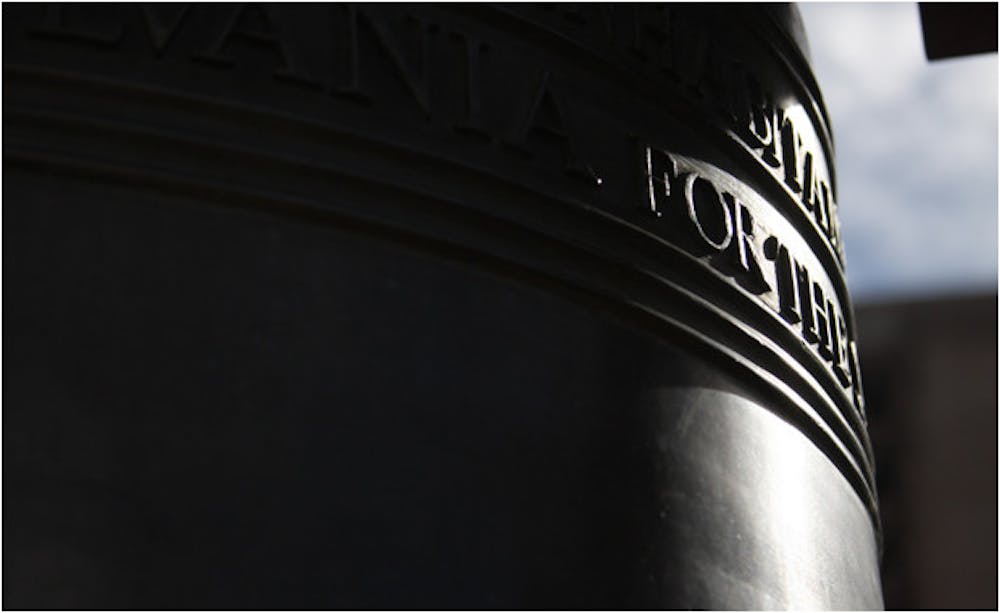Protest at state capitol takes place tomorrow
Student leaders from all three Arizona universities will protest the budget proposals at the State Capitol on Wednesday. The Arizona Board of Regents will hold a press conference starting at 11 a.m., and the protest will continue afterward. Buses are scheduled to pick up students outside of the W. P. Carey School of Business near South Normal Avenue and East Orange Street. Four buses will leave at 10 a.m. and four more will leave at 11 a.m.
Proposals by Arizona legislators sparked a statewide fight for education funding this month as students and education officials speak out against unprecedented budget cuts.
The plans, proposed by Sen. Russell Pearce, R-Mesa, and Rep. John Kavanagh, R-Fountain Hills, call for the university system to cut its budget by up to $243 million before July and up to $388 million the following year, ASU officials said.
In just over one week, Arizona students have protested at all three universities, signed petitions, sent videos and designed Web sites to tell legislators to save education from the budget cuts, which would strip about 40 percent from the university system’s budget in 2010. Tomorrow student leaders are organizing a protest at the state capitol, which will also include a press conference by the Arizona Board of Regents.
Sarah Atwill, Legislative Affairs Committee chair of the Arizona Students’ Association, said the state has a history of underfunding higher education, and that needs to change.
“[Funding education] is a shared burden between the students and the state,” said the history sophomore. “The students have been doing their part for years and it’s time to tell the state to do [its] part.”
Tuition increases every year because the state does not provide adequate funding, Atwill said, and if the budget proposals succeed, tuition could spike thousands of dollars with little chance of ever decreasing.
ASU Undergraduate Student Government President Mark Appleton said tuition could increase to more than $10,000 for in-state students and student services would still suffer.
“It would change the face of education and the educational experience here at ASU,” said Appleton, a history senior. “This is a nasty thing.”
ASU President Michael Crow released a statement Wednesday saying the University would have to close up to two campuses to deal with the proposals.
Appleton said officials have talked about shutting down the Polytechnic campus in addition to consolidating or eliminating several schools.
Despite outcry on campus, Kavanagh said students have been misled by officials who blew the budget options out of proportion.
“What was released was a menu of possible options whose totals far exceeded what we need to take,” he said. “The numbers will be significantly less for universities than [what] could have been taken from the options.”
Kavanagh would not say what the final numbers could be because legislators are still waiting for feedback from University presidents.
“There will be cuts — painful, but not fatal,” he said.
ABOR member Dennis DeConcini said Kavanagh and Pearce have backed off in their public statements since last Thursday, when more than 800 students attended the ABOR meeting at UA.
The tremendous turnout and the following effects from the legislators were encouraging, he said.
“I am hopeful that they will not go for the kinds of cuts that they’ve been talking about,” he said.
DeConcini, who served in the U.S. Senate for 18 years, said he understands how politicians have to operate when it comes to tough decisions.
“They throw out a figure to get a feeling of what is tolerable politically,” he said. “I hope that’s the case.”
DeConcini said former governor Janet Napolitano best explained the state’s obligations when she said security was the top priority and education was a close second.
“That is an economic growth that advances your whole state,” he said. “If they do the cuts that Pearce and Kavanagh put out … that’s an economic loss that would take years to recover.”
Reach the reporter at adam.sneed@asu.edu.




